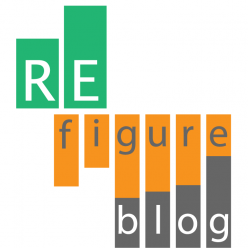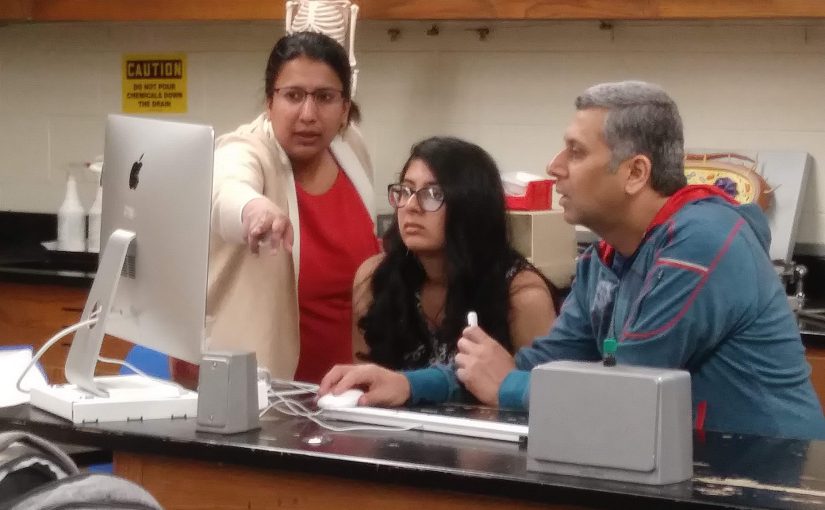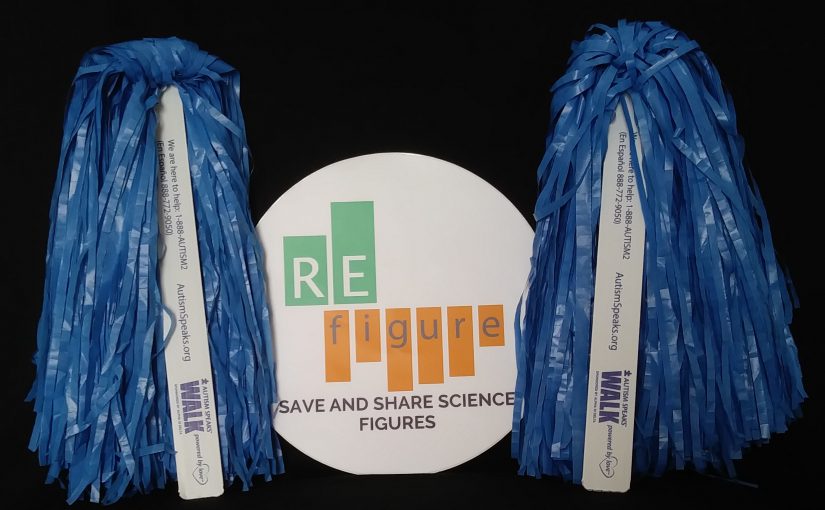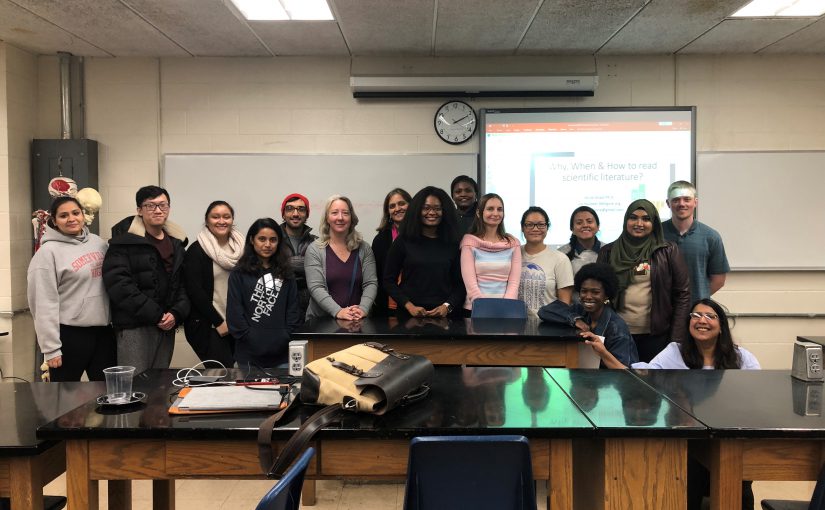Cambridge Science Festival is an annual event launched in 2007 by MIT Museum that includes various STEAM (Science, Technology, Engineering, Art, Mathematics) related activities. During this event, in collaboration with Bunker Hill Community College, ReFigure team hosted a hands-on workshop on how to read, understand and save scientific papers.
Continue reading Cambridge Science Festival Presentation
Author: Alena Lokhmanenko
Autism advocacy
Autism is a complex neurobehavioral condition that is prevalently diagnosed in males. Main symptoms of the disease are difficulty in communication, decline in social interaction, hardships in language development (approximately one-third of people with autism are non-verbal) and presence of rigid, repetitive behaviors. In addition, autistic patients frequently suffer from Continue reading Autism advocacy
Feedback on the ReFigure Undergraduate Course
The undergraduate course offered by ReFigure taught me a lot. First and foremost, I’ve learned to pay attention to figures in scientific articles and analyze the information reflected in figures and their corresponding legends. One piece of advice I constantly heard from college professors about reading the papers was: “Pay special attention to figures”. However, it was very easy to ignore that advice and slip into a habit of simply reading the article, trying to understand every single word and paying very little attention to figures. Continue reading Feedback on the ReFigure Undergraduate Course
Why, Where and How to read scientific literature
October 22-26 was the first statewide STEM week, to accelerate student engagement in science and technology. Bunker Hill Community College participated in STEM week with various presentations and demos to students.
ReFigure’s presentation was an introductory, interactive session to introduce Community College to scientific literature, new tools to make finding, reading scientific literature easy and finally to build an online presence by sharing scientitic news. Continue reading Why, Where and How to read scientific literature





